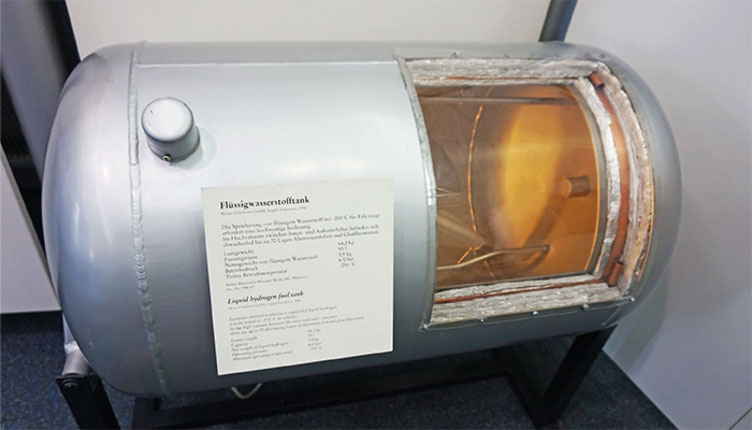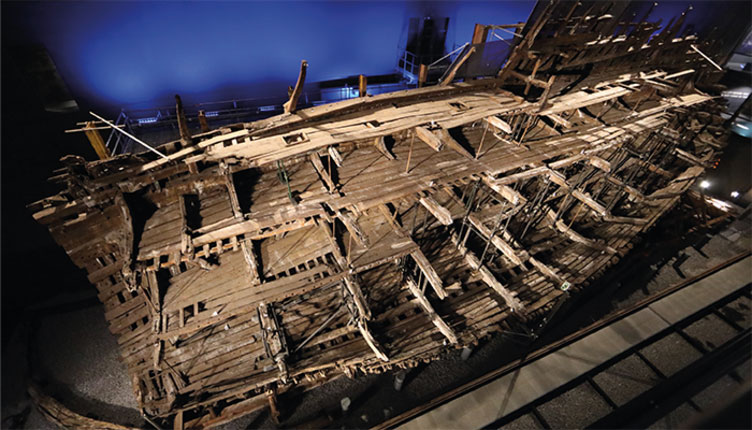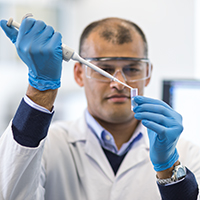|
|||||
|
|||||
|

|
| Essential Reading Hydrogen Boon Tunable diode laser absorption spectroscopy (TDLAS) is a method that has previously been acclaimed for its ability to detect various gasses through measurement the amount of laser light absorbed at specific wavelengths. However, using TDLAS to detect low hydrogen concentrations has proven difficult in the past because of hydrogen’s weak absorption in infrared regions compared with other gasses. To address this challenge, a team of researchers optimized TDLAS by calibrating laser absorption spectra at varying pressures. A high-pressure gas cell setup facilitated measurements across a broad range – from 0.01 percent to 100 percent hydrogen concentration. “This system can be reliably used for the detection of leakages in hydrogen fuel cell cars,” co-author Tatsuo Shiina commented in a press release. Our full story on the method is now live, if you’d like to find out more. A Gripping Tale A study from the University of Pennsylvania has revealed the properties of “Rubbing Mud” - a mixture of clay, sand and water used to enhance the texture and handling of baseballs. Confocal laser scanning microscopy (CLSM) and scanning electron microscopy (SEM) were conducted to confirm that the mud fills pores on the baseball to increase friction. The team then subsequently ran energy dispersive X-ray spectroscopy (EDS) to highlight a high proportion of silicates and clay, such as quartz and mica, that make up the mud’s chemistry. Rheological and tribological tests were also performed to reveal more insights on the mud’s composition and properties. Click here to find out more! |
|
|
| Also in the News... Researchers create a series of indium oxide-based nanoflake sensors to detect isoprene levels – a lung cancer biomarker – in breath and use diffuse reflectance infrared Fourier transform spectroscopy coupled with real-time electrical monitoring to explore the sensing mechanism. Link A perspective on the risks and considerations associated with analysis of vibrational spectral data with a particular focus on blood-based infrared spectroscopy suggests that the high-throughput fingerprinting nature of the approach should be embraced within the field to optimize spectroscopic workflows. Link Researchers develop a novel approach using Fourier transform infrared spectroscopy (FTIR) and hyperspectral imaging to determine the chemical properties and sample heterogeneity of stratum corneum samples. Link Using mass-selective supersonic-jet-cooled spectroscopy, researchers assess the aromaticity of furan, thiophene and selenophene, finding the latter to be the most aromatic. Link Fourier transform mid-infrared spectrophotometry (MIR-FTIR) combined with partial least squares discriminant analysis (PLS-DA) is shown to be highly effective in screening and monitoring patients suffering with leprosy. Link |
| Upcoming Brand Events Nitrosamine Analysis in the Pharma Industry: Trends, Challenges, and Future Perspectives
11/14/2024 | 03:00 PM Europe/London | Register Now Power List Perspectives on The Future of Analytical Science
12/12/2024 | 04:00 PM Etc/GMT | Register Now |
|
|
| SPECIAL PROMOTIONS | ||||||||
|
||||||||
|
||||||||
|
|

|
| The Spectacular and Strange All Hands on Deck The Mary Rose was the flagship of King Henry VIII in the English Tudor navy, before sinking inexplicably during the battle of the Solent in 1545. Now, almost 500 years later, a team at the University of Lancaster have analyzed preserved bone clavicles of sailors aboard the ship. Using Raman spectroscopy, the team observed greater age-related changes in the right clavicle compared to the left, as well as distinct differences in mineralization across all age groups, attributing this to increased physical activity and a higher proportion of right-handed people compared to left. You can find out more on the team’s findings here. |


